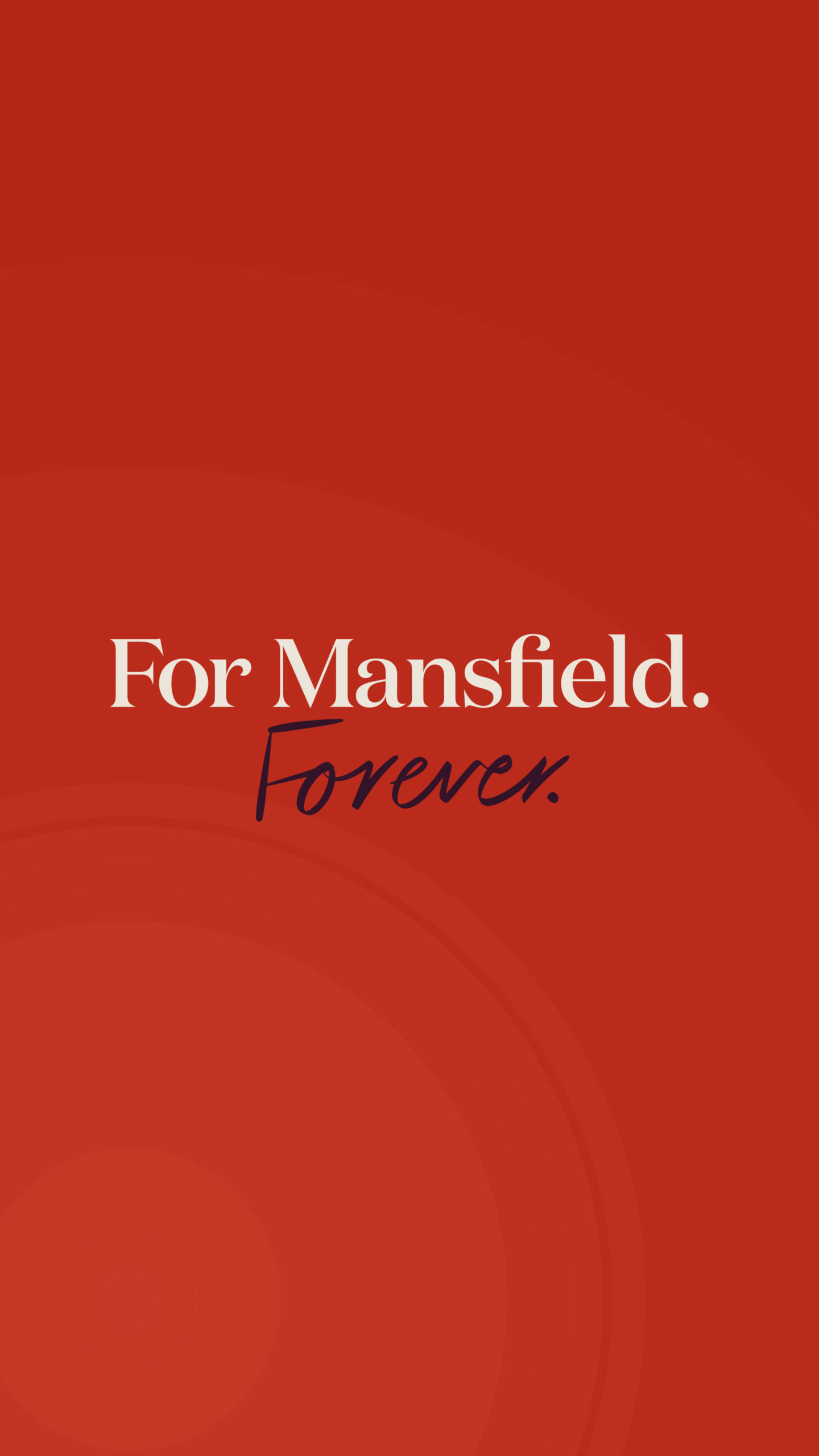
College News
Mansfield wins global award for campaign to secure its future as the leader in widening participation to Oxford University
2025
Mansfield College’s Professorial Fellow, Ian Griffiths is awarded a Whitehead Prize for his many contributions and insights into a wide range of challenging questions in applied and industrial mathematics, which he has achieved using a combination of asymptotic analysis and numerical simulations, supplemented by outstanding physical understanding.
Read moreIn one set of highly original studies, Griffiths has utilized multiscale approaches to analyse the properties of membrane filters (with M.P. Dalwadi and M. Bruna), including the use of gradients in the porosity for enhancing the filtration effectiveness, while also considering insights that can be gained with network modelling of the membrane fouling process (with A. Kumar and P.S. Stewart).
In another set of studies, Griffiths has unravelled ways in which surface-active materials (surfactants) modify fluid flows, including working with experimentalists to describe mathematically their observations of surfactant-driven spreading of liquid films on liquids and to include more realistic kinetics effects based on molecular models of the adsorption–desorption processes.
Also, Griffiths’s mathematical modelling helped to better understand the fluid dynamics, and associated heat and mass transfer, of new experimental approaches to fibre drawing (from the laboratory of S. Minko, University of Georgia, USA). In particular, Griffiths’s mathematical insights helped to delineate the material processing parameter space needed to achieve different fibre properties.
Finally, Griffiths has analysed a number of difficult inverse problems involving the thermally enabled, surface-tension dominated, viscous flows that describe drawing of annular tubes, including non-axisymmetric shapes (with P.D. Howell). Using sophisticated mathematical modelling combined with a clever transformation and novel asymptotic analysis he transformed a three-dimensional ill-posed problem into a lower-dimensional well-posed one, allowing time to be run backwards to determine the appropriate initial configurations. In this way he can predict the shape of the nozzle through which molten glass should be drawn to produce glass tubing with any desired final cross-section, and the required initial shape of a glass block in order for it to be perfectly flat after being processed through heating and stretching, with application to mobile phone and tablet displays.